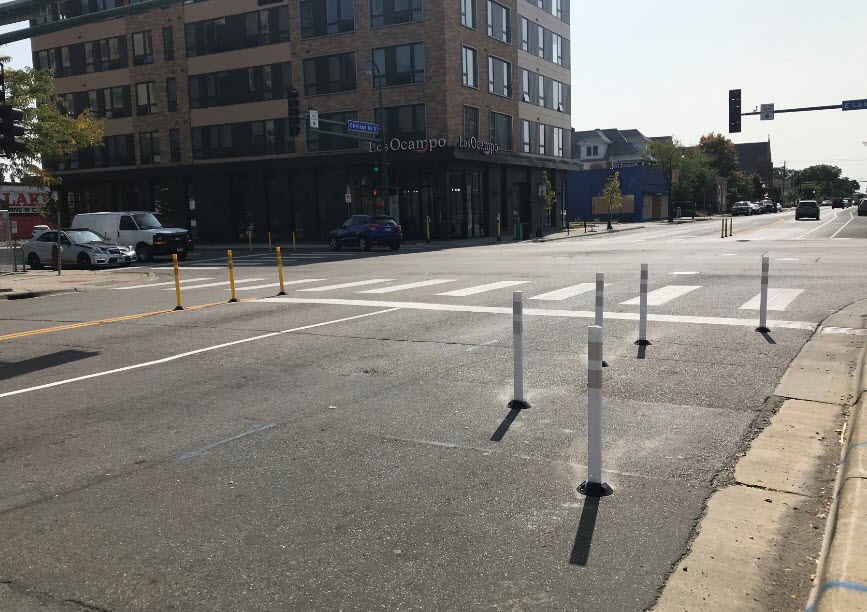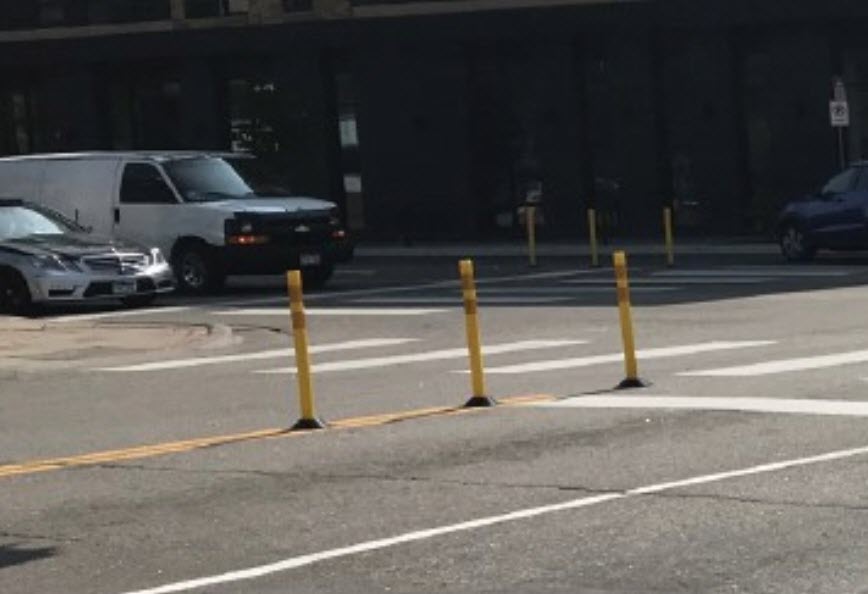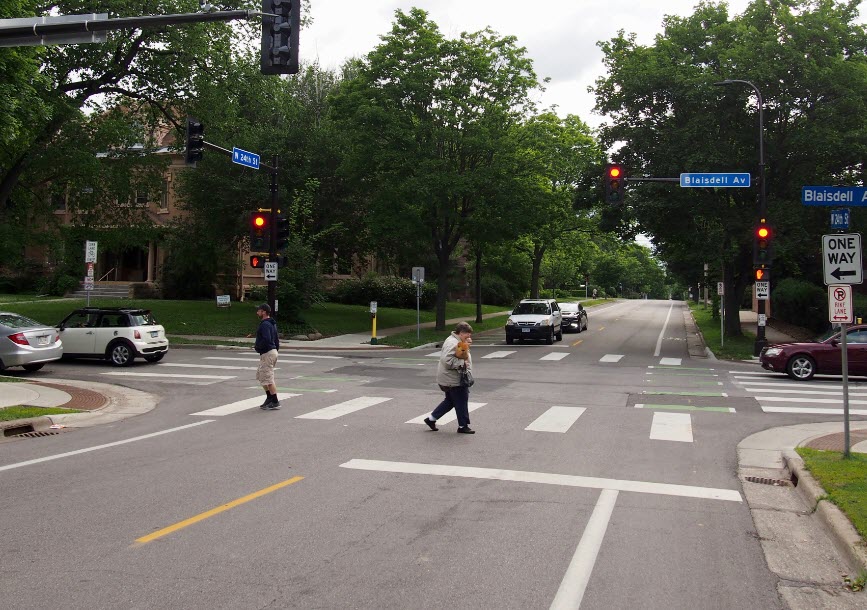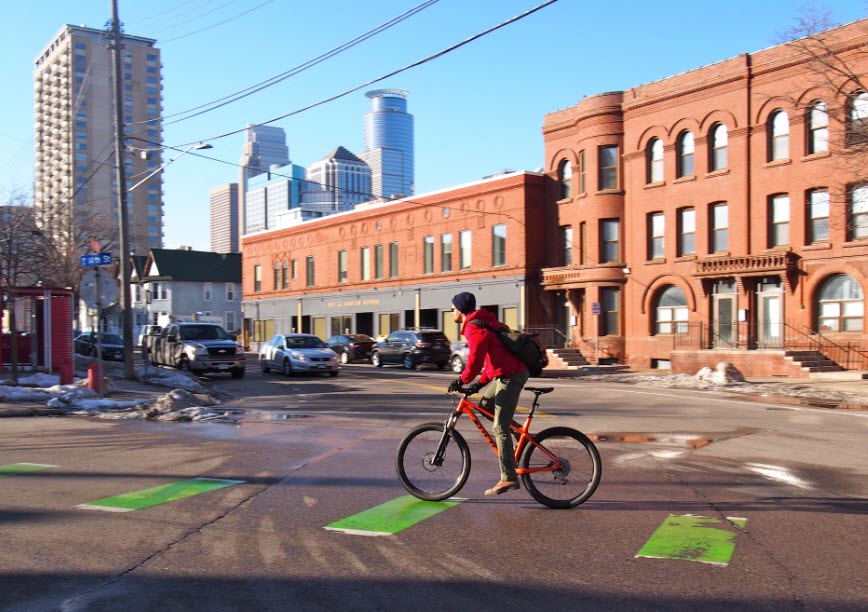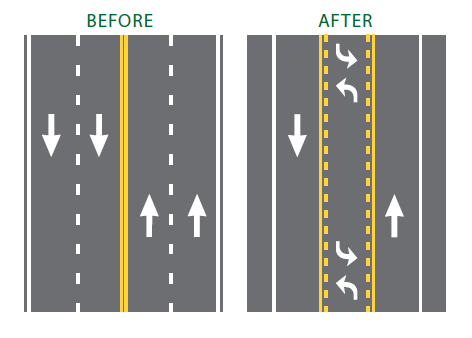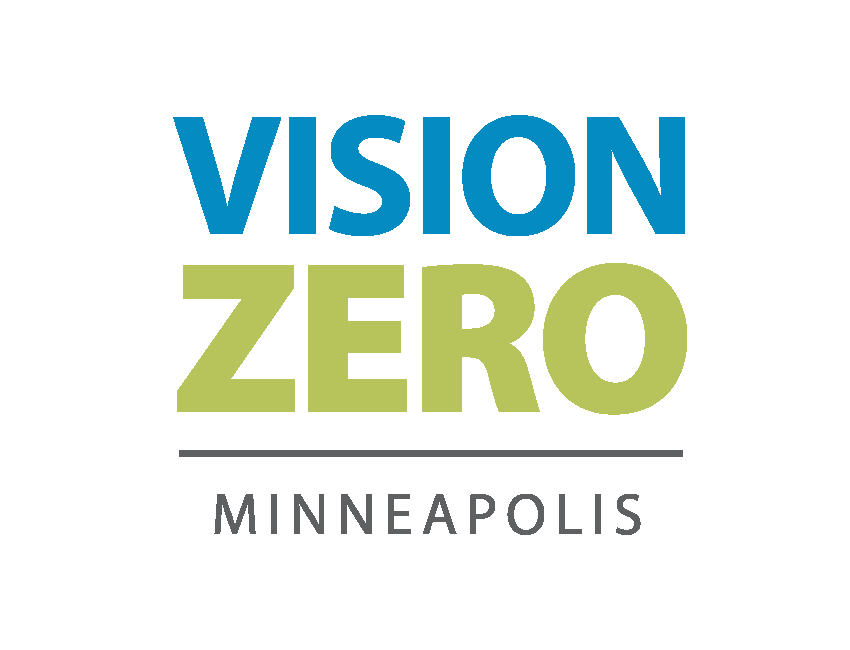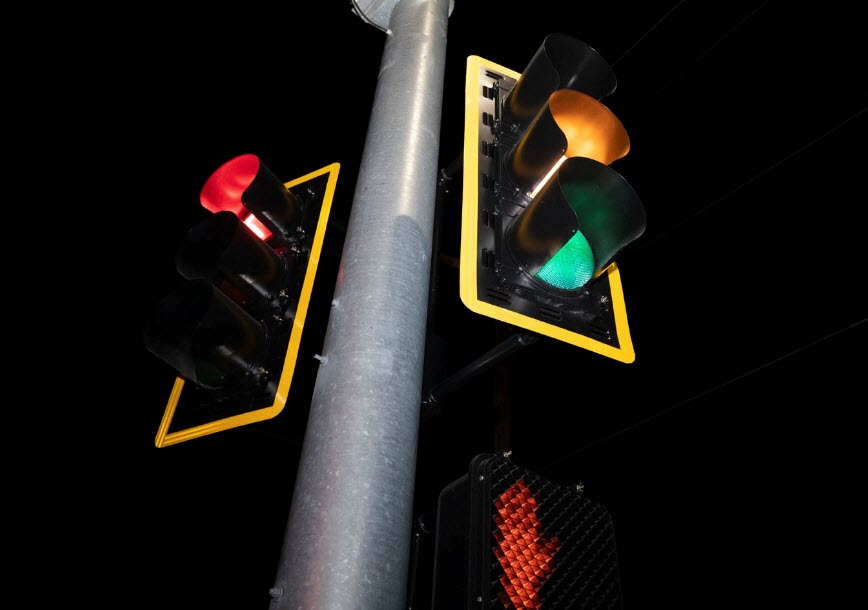Overview
A small number of our streets (9%) are where the majority (66%) of severe or fatal crashes are happening. These streets are called High Injury Streets. We know that the following people are overrepresented in severe and fatal crashes:
- People walking
- People rolling
- Historically marginalized groups


